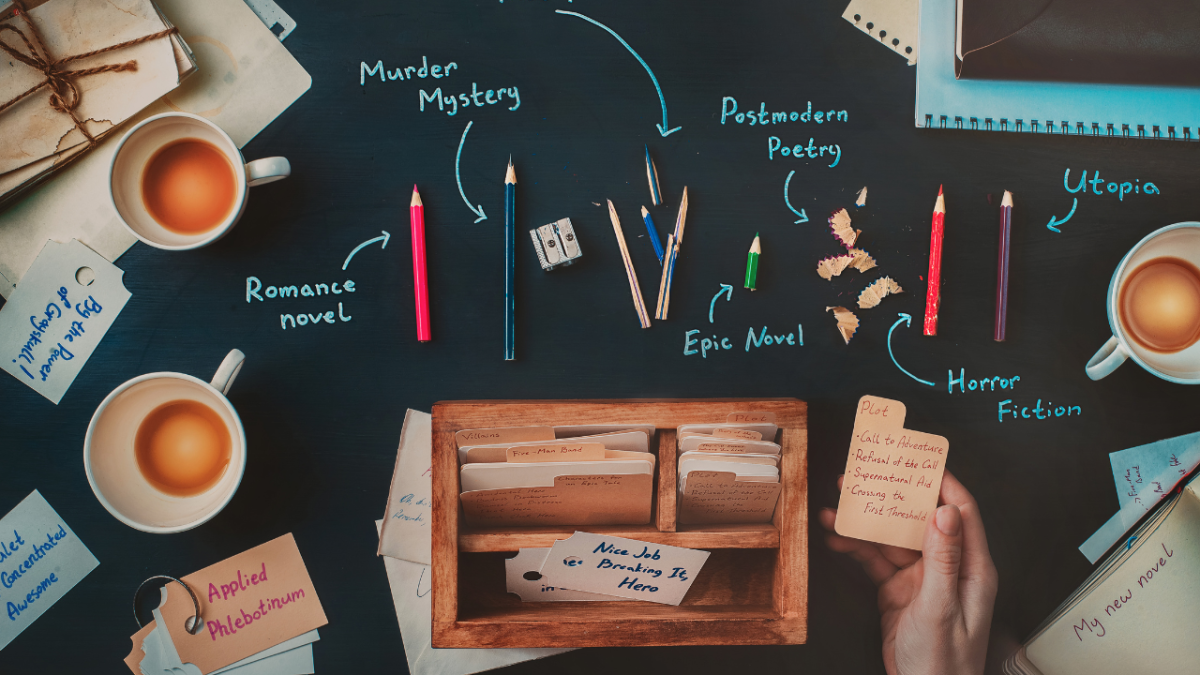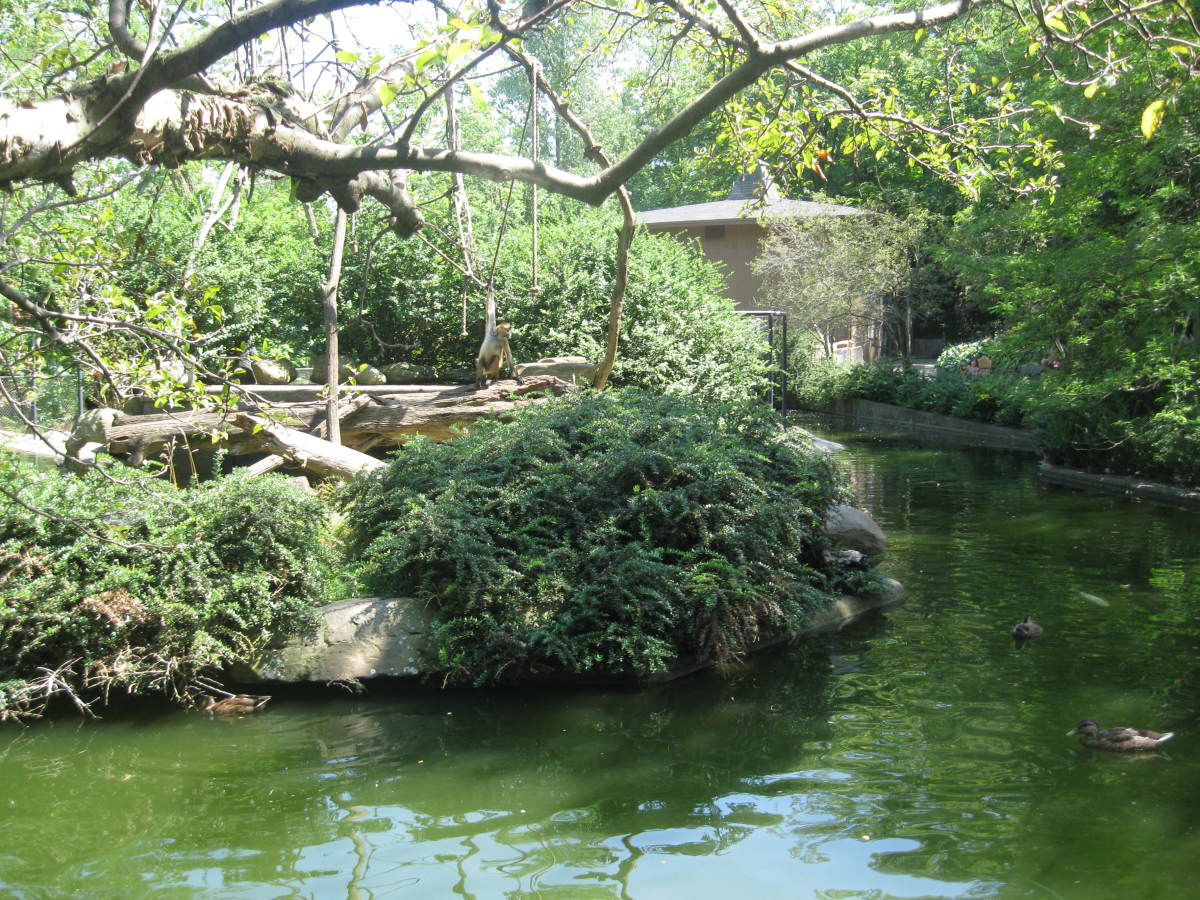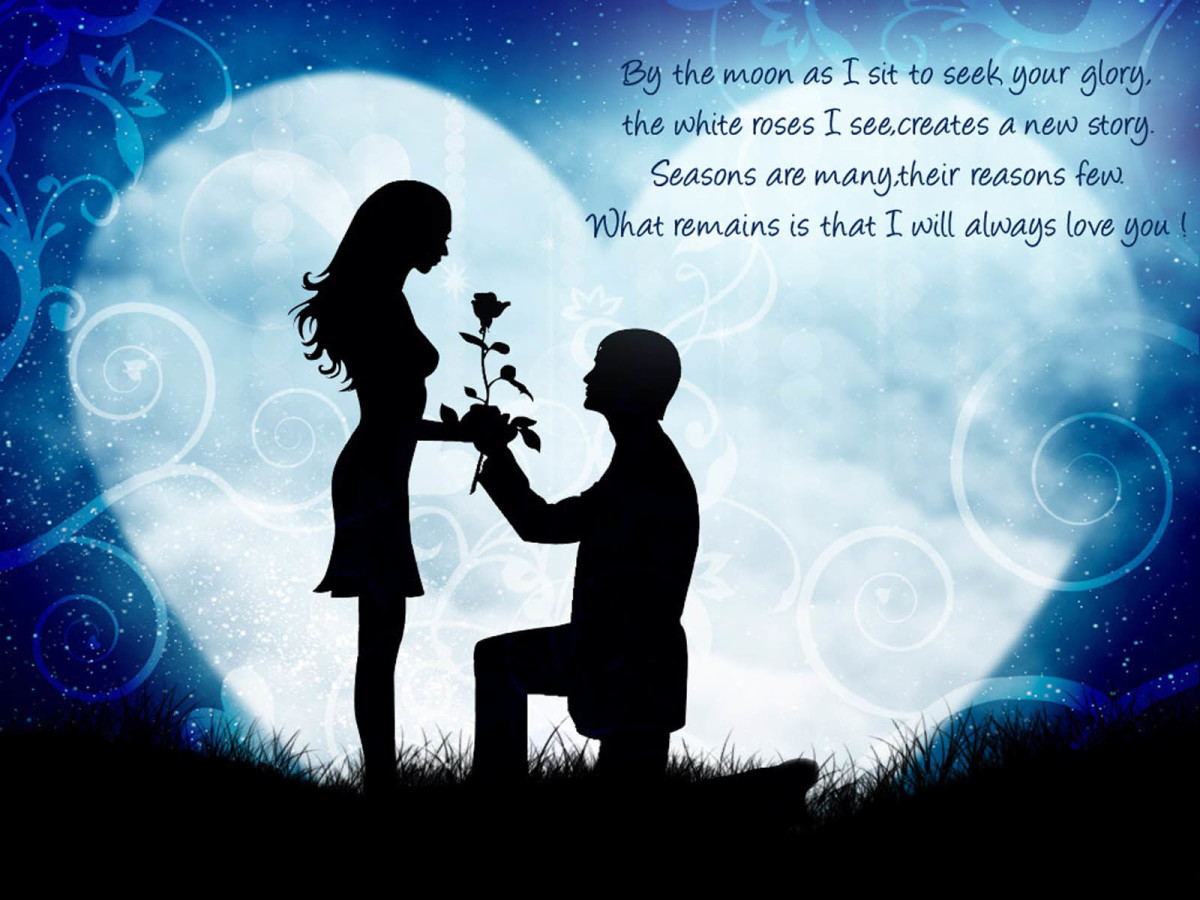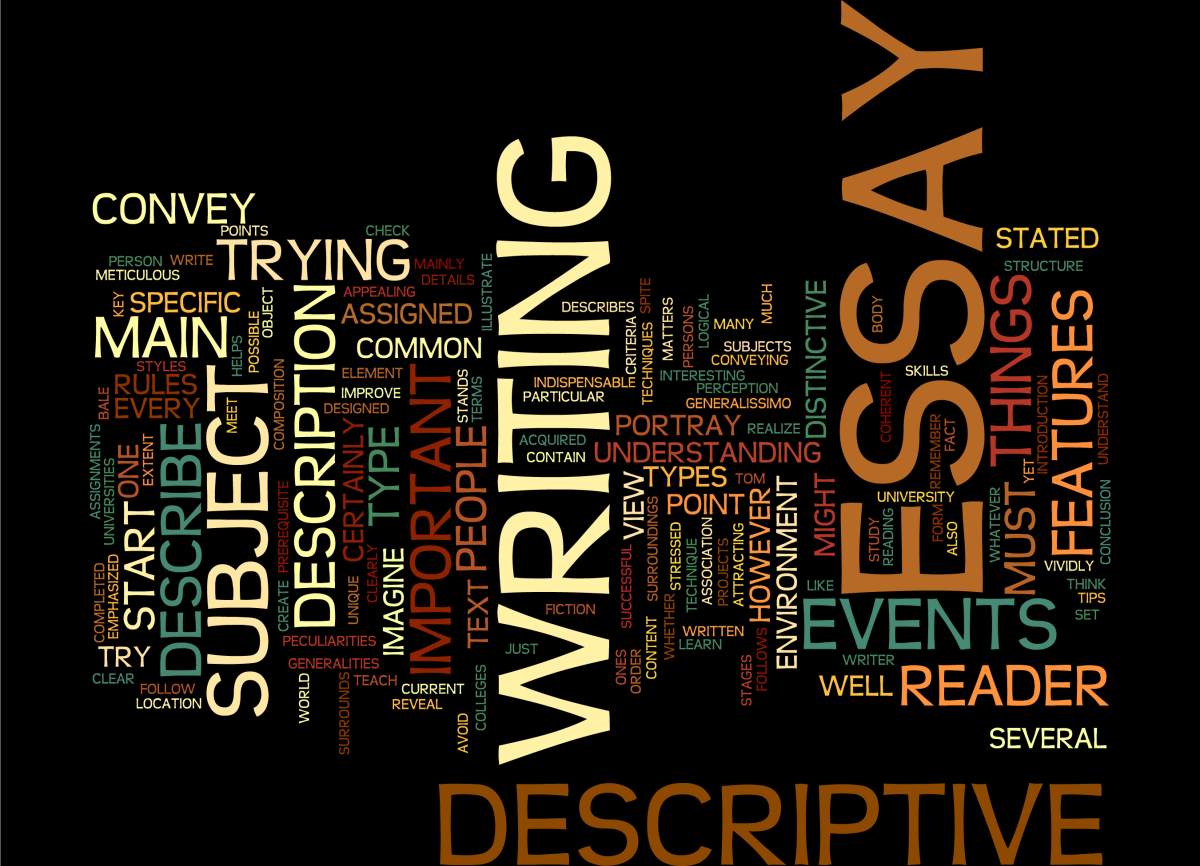How to Finish a Novel Outline
In lieu of NaNoWriMo (National Novel Writing Month) starting in two days, I've been hammering out a long overdue novel outline. I could not for the life of me ever feel motivated to sit down and finish the darn thing. After some pondering and false starts, I began to go about piecing together the scenes that I knew I wanted and then connecting them together into logical plot points. And for some reason this helped me out.
Before I was so overwhelmed that I couldn't even focus on my novel. I didn't know how to go about trying to make sense of all the ideas, characters and themes I wanted to express.I've never been someone who can sit down and start from beginning to end on a huge project. I find that deathly boring and irritating.
So, I tried something different.
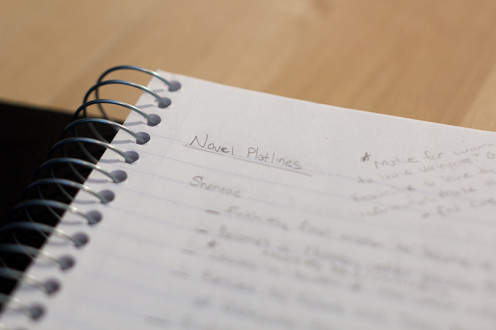
The Puzzle Outline Theory
I'm going to go ahead and call it the Puzzle Outline Theory because that's essentially how it works. Think of your book as a giant puzzle piece. You have in your head certain scenes, like the ending, a cool fight scene, maybe pieces of witty dialogue that you want to incorporate, whatever it is that makes you really excited about writing this book.
After you have those pieces in mind, you're going to want to start piecing them together and asking yourself "How do I get to this part?" or "What has to happen before this can happen?". This also works if you want to have X character hate Y character. "How do I really make X hate Y when they've always been so close? What would really make Y's blood boil and make Y turn against X?"
Now I understand this may seem very complicated and a more round about way to people who can stand writing from beginning to end, but this method kept me excited and thinking about the possibilities.
What helps you to keep writing?
How to Keep the Ideas Flowing
One thing I really like about this method is that you constantly have to look at the reasoning behind what is happening. This helps generate more ideas to help improve your novel. I like to just let my mind brainstorm and write down the questions on a piece of paper. I'll them list out different reasons for why this should happen and then eventually I'll hit one that grabs my interest.
A good example of this is brainstorming why someone would betray a lifelong friendship. Because they were jealous of their friend? They found someone who was better or grew tired of their friends' bad habits? A love interest? Their friends' new girlfriend they couldn't get a long with?
Each idea leads to another. Once you find a reason you like, you've completed another puzzle piece and are then ready to figure out the next one. If you want to have a character reappear later on in the novel or explain a character's backstory what situation do they have to be in order to bring that about?
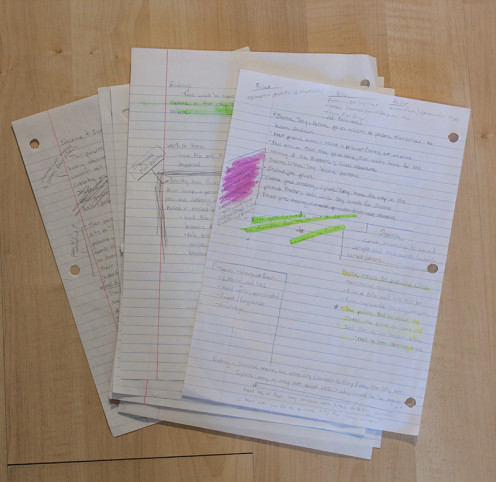
Organizing Your Ideas
If you're like me, you have a ton of ideas strewn across way too many pieces of paper. After all your brainstorming, hopefully you'll begin to see how everything can connect together. It's now time to bring out the highlighters and notebooks.
Highlight, circle and mark anything that you really like. You can even go so far as highlighting all of the plot points from one character in one color and separate your ideas that way.
Once you feel like you're ready to organize them more into a beginning to end fashion, separate out your plot lines. I chose to do this by characters to help me visualize what needs to happen when and how everything connects.
Start with your main character first. I plotted out a list of plot events with my main character, then I switched over to my secondary characters and when and how they would be involved. One of the most frustrating and overwhelming feelings I had was trying to interconnect everything. Separating out the plot lines by character alleviated that stress.
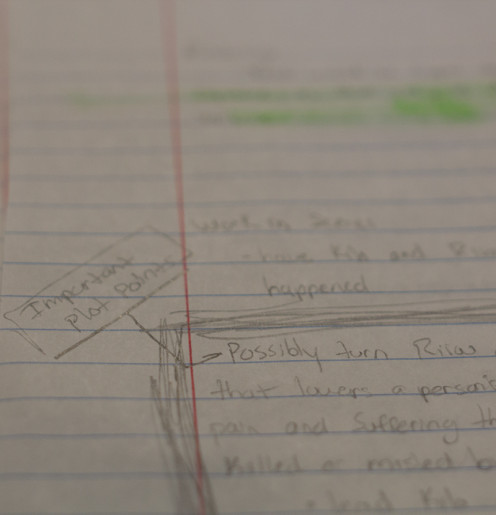
Benefits of Puzzle Plotting
A huge advantage to plotting this way is that you're forced to make conscious choices of what needs to happen in order to make sense. You're able to use your best ideas because you'll fit them into your novel and work around them. It might be a bit of a struggle, like any puzzle, but the fun comes from what you discover about your novel.
I've found that asking questions for what piece I need next, opens up more doors and possibilities for further research and ideas. This leads to more research which brings about more ideas and better reasons for each plot event.
This way also allows for events to be easily rearranged or substituted as well as being more of a free form writing experience that doesn't feel confining. The intention is to merely create a rough road map, rather than being a strict numbered list.
If you need a little inspiration for writing.
Final Thoughts
This is the first way that I have ever been able to finish and enjoy creating a novel outline. Granted, I have not seen if I can follow an outline to create a finished novel, but that's what NaNoWriMo is for. I'll update this article at the end of November with how this version of plotting worked for me and if it helped organize and keep me motivated as I write.



